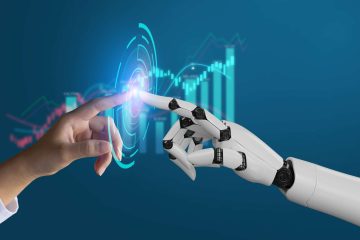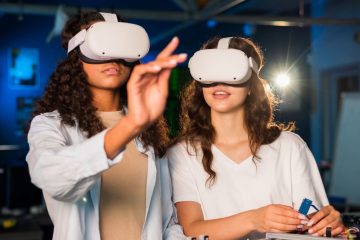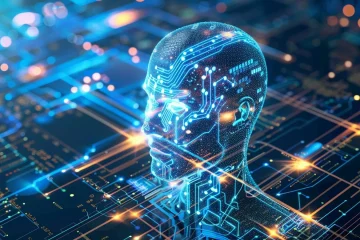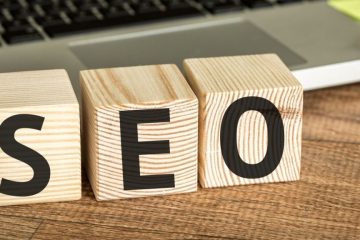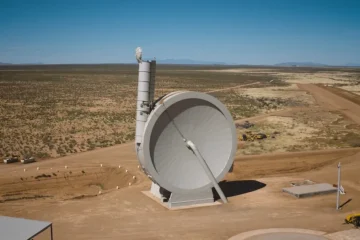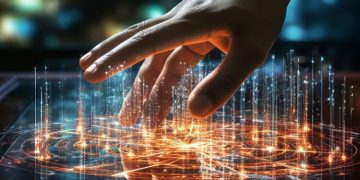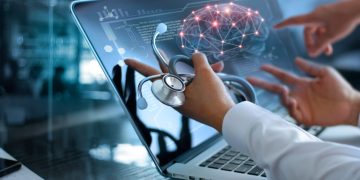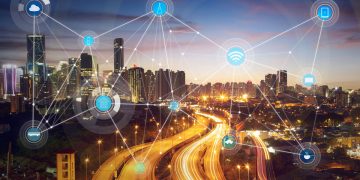The Tech Revolution: How Technology is Redefining the Modern World
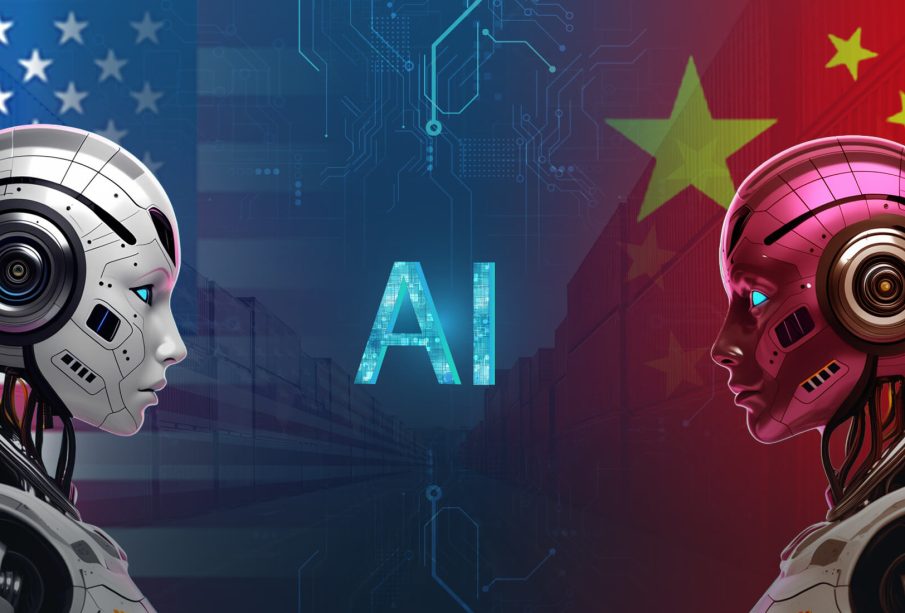
Technology has always been at the heart of human progress. From the invention of the wheel to the rise of the internet, every major advancement has transformed the way societies live, work, and connect. Today, we stand on the cusp of a new era where artificial intelligence (AI), automation, blockchain, and immersive technologies are reshaping the modern world faster than ever before.
This article explores how technology is driving innovation across industries, changing everyday life, and what the future may hold in this ever-evolving digital landscape.
The Acceleration of Technology
Unlike past centuries where innovation unfolded gradually, the 21st century is witnessing exponential growth in technology. Moore’s Law, which predicted the doubling of computing power every two years, set the pace for decades, but today advancements go beyond processing power. The convergence of technologies—cloud computing, 5G, AI, and quantum computing—has created a rapid acceleration cycle where one breakthrough fuels another.
This accelerated pace impacts everything: how we work, communicate, travel, shop, and even how we think about identity and privacy.
Key Areas Where Technology is Transforming Society
1. Artificial Intelligence (AI) and Machine Learning
AI is no longer science fiction—it is embedded in our daily lives. From virtual assistants like Siri and Alexa to advanced recommendation systems on Netflix and Amazon, AI drives personalization and efficiency. In healthcare, AI helps doctors detect diseases earlier, while in finance, it identifies fraudulent transactions.
The potential of AI lies in its ability to analyze massive datasets quickly, offering insights humans might miss. However, it also raises questions about ethics, job automation, and bias in decision-making algorithms.
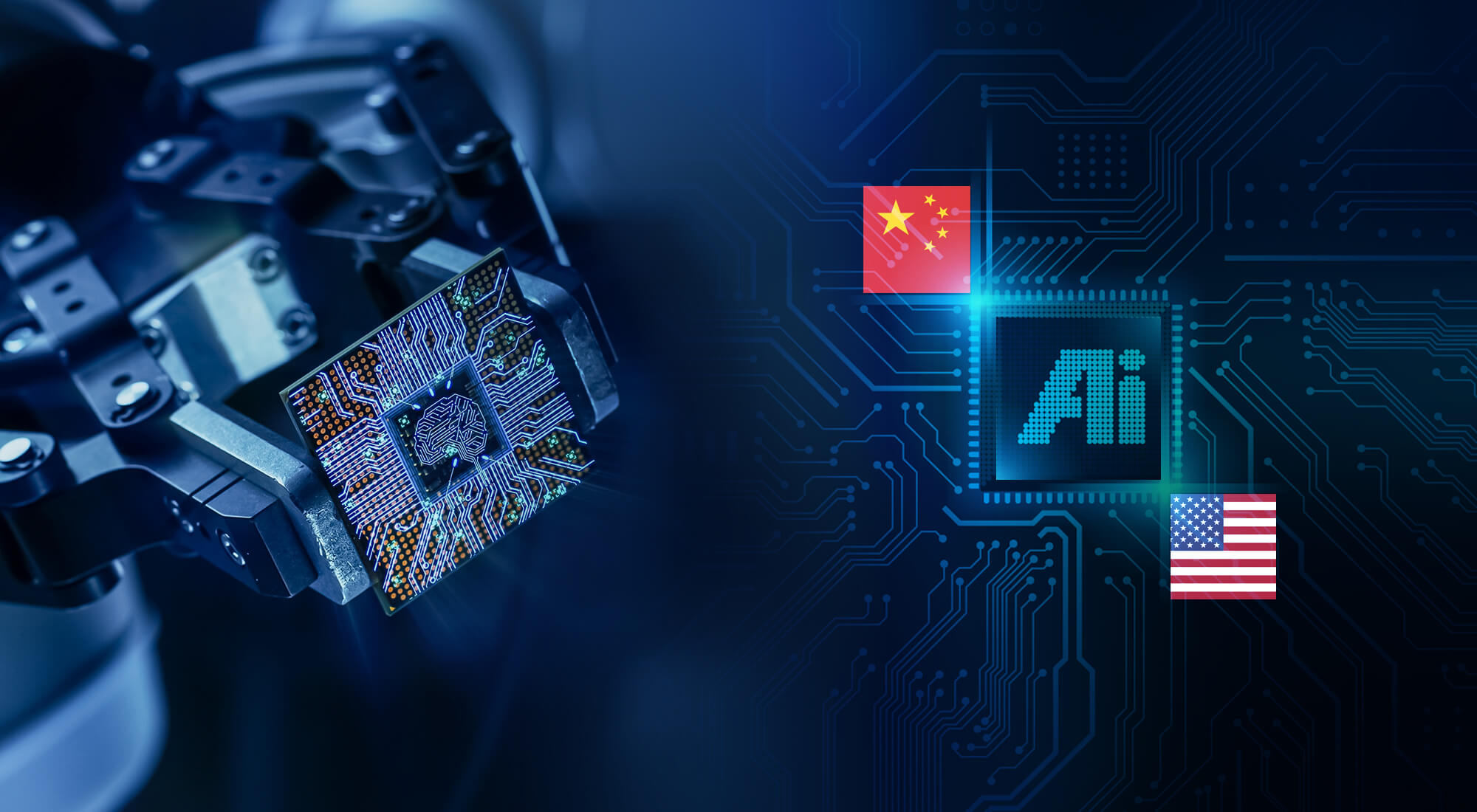
2. The Rise of Automation and Robotics
Automation is revolutionizing industries from manufacturing to customer service. Robots now handle repetitive tasks in factories, while chatbots provide customer support online. In agriculture, drones monitor crops, and autonomous tractors till fields.
While automation boosts efficiency and reduces costs, it sparks debates about the future of human employment. The challenge ahead is not just creating smarter machines, but ensuring humans adapt by developing skills that complement technology.
3. Blockchain and Decentralization
Initially associated with cryptocurrencies like Bitcoin, blockchain technology has expanded into various industries. Its decentralized and secure nature makes it ideal for supply chain management, digital identity verification, and even voting systems.
For businesses, blockchain offers transparency and trust—every transaction is recorded in a tamper-proof ledger. As decentralized finance (DeFi) grows, blockchain could challenge traditional banking systems, empowering individuals to take more control of their assets.
4. The Internet of Things (IoT)
IoT refers to the interconnected network of physical devices—from smart thermostats and wearables to industrial sensors—that communicate through the internet. Smart homes powered by IoT can adjust lighting, heating, and security systems automatically. On a larger scale, smart cities use IoT for traffic management, energy efficiency, and public safety.
However, IoT also introduces cybersecurity risks. As more devices connect, the potential for data breaches and hacking expands, requiring stronger digital safeguards.
5. Virtual Reality (VR), Augmented Reality (AR), and the Metaverse
Immersive technologies are reshaping how people interact digitally. VR enables realistic simulations for gaming, training, and therapy, while AR overlays digital information onto the real world—like navigation arrows or educational visuals.
The concept of the “metaverse”—a shared virtual environment—combines VR, AR, and blockchain, creating digital spaces where people can socialize, work, and trade assets. While still in development, the metaverse could become as significant as the internet itself in the coming decades.
6. Cybersecurity in the Digital Era
As technology grows more powerful, so do threats. Cybersecurity is now a central concern for individuals, businesses, and governments. Ransomware attacks, identity theft, and data breaches have skyrocketed, making digital security as essential as physical security.
Advanced encryption, AI-driven threat detection, and zero-trust architecture are key defenses. Yet, cybersecurity is also about education—ensuring individuals understand risks and practice safe online habits.
Everyday Life in the Age of Tech
Technology is no longer limited to specialized industries—it permeates daily life:
-
Education: Online platforms, digital textbooks, and virtual classrooms have transformed learning, making knowledge accessible worldwide.
-
Healthcare: Wearables track vital signs, telemedicine brings doctors to patients remotely, and biotech innovations personalize treatments.
-
Work: Remote collaboration tools like Zoom, Slack, and cloud services enable flexible work environments, reshaping corporate culture.
-
Entertainment: Streaming services, gaming platforms, and digital art (NFTs) illustrate how tech is redefining creativity and culture.
-
Finance: Mobile banking, digital wallets, and cryptocurrency adoption are making financial services faster and more inclusive.
Challenges and Ethical Concerns
While technology brings progress, it also introduces challenges that must be addressed responsibly:
-
Digital Divide – Not everyone has equal access to high-speed internet, devices, or digital literacy. This inequality widens gaps in education, opportunity, and income.
-
Job Displacement – Automation could replace millions of jobs, requiring proactive reskilling and education initiatives.
-
Ethical Use of AI – Algorithms can reflect human biases, leading to unfair outcomes in hiring, law enforcement, or lending.
-
Data Privacy – As companies collect more personal information, protecting user data and consent is critical.
-
Environmental Impact – The energy consumption of data centers, blockchain mining, and e-waste raises sustainability concerns.
Addressing these challenges requires collaboration between governments, businesses, and individuals.
The Future of Technology
Looking forward, several emerging trends suggest where tech is headed:
-
Quantum Computing – Promises to solve problems too complex for today’s supercomputers, potentially transforming medicine, logistics, and cryptography.
-
Green Tech – Innovations in renewable energy, smart grids, and sustainable manufacturing aim to combat climate change.
-
Human-Tech Integration – Brain-computer interfaces, biohacking, and advanced prosthetics may blur the line between human and machine.
-
Global Connectivity – Satellite internet and 6G networks will connect even the most remote areas, accelerating global communication.
-
Ethical Frameworks – Regulations and policies will increasingly shape how technologies like AI and blockchain are deployed responsibly.
The future will be defined not just by innovation, but by how societies choose to use and regulate these technologies.

Conclusion
Technology is more than a tool—it is the driving force behind modern civilization. From AI and automation to blockchain and the metaverse, it is transforming industries, reshaping societies, and redefining human interaction.
While challenges such as inequality, ethics, and security must be addressed, the potential of technology to improve lives is limitless. The key lies in harnessing innovation responsibly, ensuring that the benefits are shared widely, and preparing for a future where humans and technology grow together.
The tech revolution is not just about machines—it is about humanity’s ability to adapt, evolve, and use innovation to build a smarter, more connected, and more sustainable world.

